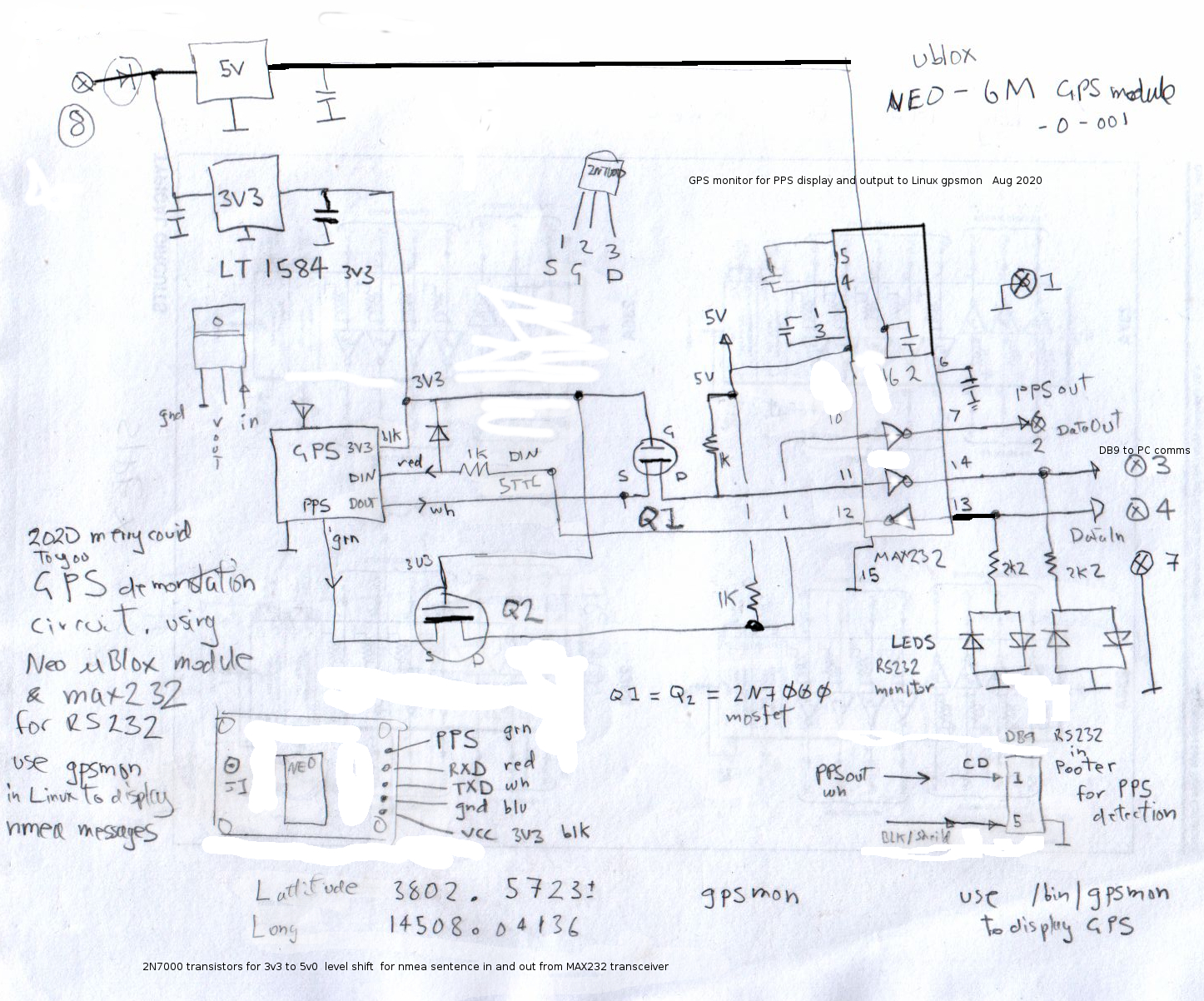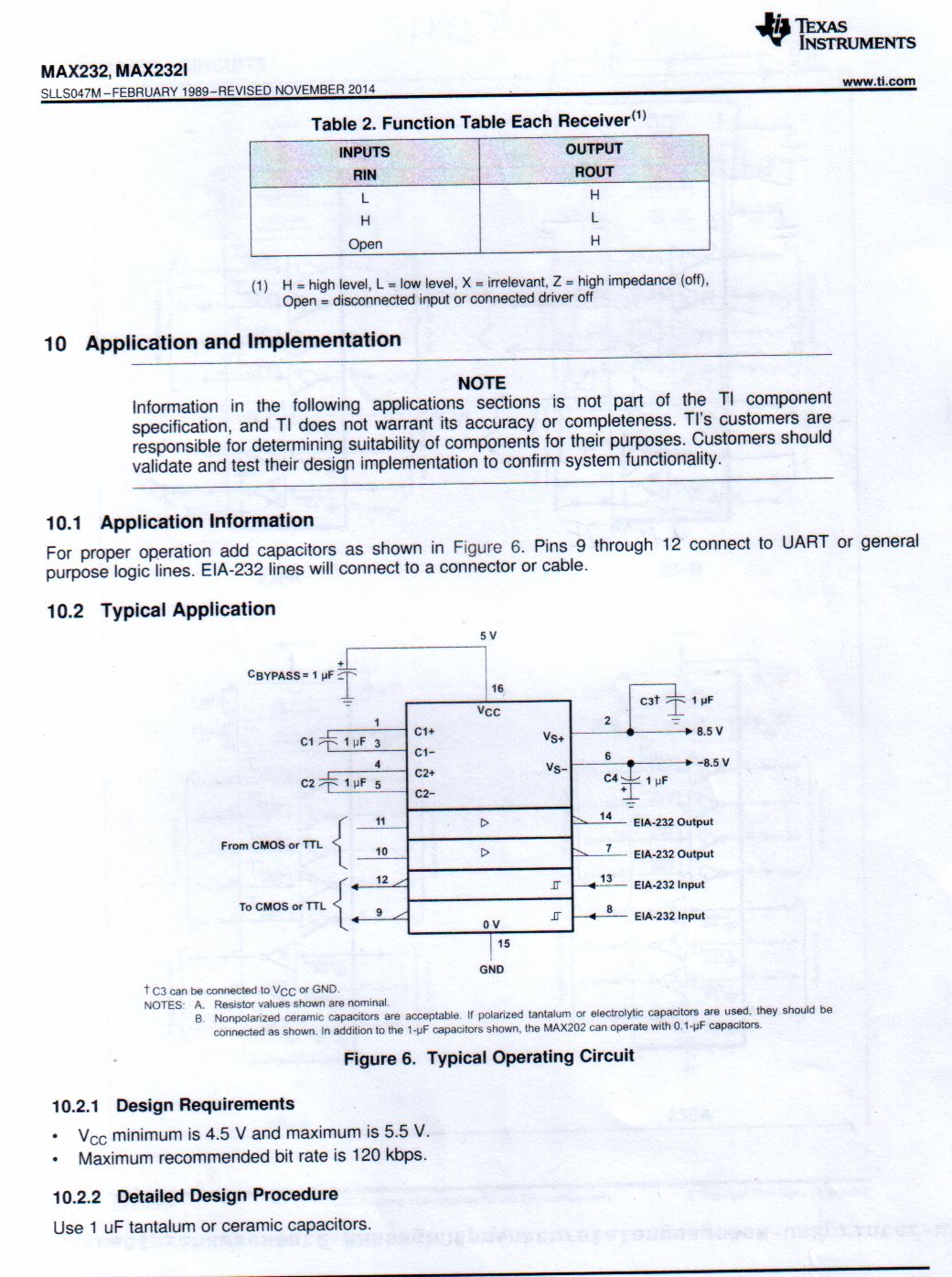the little radome is a disposable PET wineglass. Gets good signal in heavy rain and dew.
look
carefully, the monopole is just visble. It is only a piece of brass
tube soldered directly to the BNC socket on the groundplane, cut to be approx a 1/4 wavelength at 1500Mhz


